Construction Tarps, often overlooked in the grand scheme of construction and renovation projects, play a crucial role in ensuring the success and safety of such endeavors. From protecting valuable equipment to shielding building materials from the elements, tarps serve as silent guardians on the construction site. In this blog, we will delve into the importance of tarps in construction and renovation, exploring their various applications and the pivotal role played by different types of tarps.
Importance of Tarps in Construction and Renovation
In the world of construction and renovation, where every project is accompanied by its unique challenges and requirements, tarps emerge as essential tools. They serve as versatile solutions for protecting assets, maintaining work areas, and ensuring project timelines are met. Without the proper use of tarps, construction and renovation projects could face delays, damage to materials, and increased safety risks.
Different Applications and Usage of Tarps
Tarps find widespread usage across construction and renovation projects, fulfilling a myriad of roles:
- Protect Work Areas: Tarps create a barrier between the construction site and the external environment, shielding work areas from rain, wind, and debris. This not only ensures the safety of workers but also maintains productivity by providing a conducive work environment.
- Cover Building Materials: From lumber and scaffolding to equipment and machinery, tarps are utilized to cover and protect building materials from moisture, dust, and other contaminants. This helps preserve the integrity of materials, reducing the need for costly replacements.
- Temporary Roofing Solutions: During roof repairs or replacements, tarps are deployed as temporary roofing solutions to prevent water ingress and protect the interior of structures. This allows work to continue uninterrupted, regardless of weather conditions.
- Containment and Environmental Protection: Tarps are employed for containment purposes, preventing spills or leaks from contaminating surrounding areas. They also aid in environmental protection by minimizing the spread of pollutants generated during construction or renovation activities.
- Ground Covers: Tarps are used as ground covers during excavation or groundwork to prevent soil erosion and contamination. They also aid in segregating different materials and ensure a cleaner, more organized worksite.
- Scaffolding Enclosures: Tarps are used to create enclosures around scaffolding structures, providing protection from weather elements, enhancing safety by catching falling debris, and offering a degree of temperature control.
- Paint-Friendly Space: Tarps can be used to cover and protect windows, walls, floors, and furniture during painting or renovation activities, preventing unwanted paint smudges and preserving the integrity of the renovation.
- Dust and Debris Control: Tarps are instrumental in controlling dust and debris on construction sites, creating barriers to prevent the spread of contaminants and maintaining a clean and safe working environment for personnel.
By incorporating tarps into construction and renovation projects, builders and contractors can ensure the protection of assets. Maintain productivity and enhance safety standards, contributing to successful completion of projects on time and within budget.
How to Use Tarps for Construction and Renovation?
- Proper Installation: Ensure that tarps are securely fastened and properly installed to effectively protect the intended area. Use grommets and tie-downs to secure the tarps in place, especially in windy conditions.
- Choose the Right Size: Select tarps that adequately cover the area you need to protect. Measure the dimensions of the space or materials you want to cover to ensure you choose the appropriate size tarp.
- Consider Material and Strength: Choose tarps made from durable materials suitable for the specific conditions of your construction or renovation project. Heavy-duty construction tarps are ideal for outdoor use and harsh environments, while lighter-weight builder tarps may suffice for temporary indoor applications.
- Regular Maintenance: Perform routine inspections of tarps to check for tears, holes, or other damage. Repair or replace damaged tarps promptly to maintain their effectiveness in protecting assets and maintaining a safe work environment.
- Utilize Different Types of Tarps: Explore the variety of construction tarps for sale available, including vinyl, mesh, canvas, and specialty tarps, to meet the diverse needs of your construction or renovation project. Select the type of tarp that best suits the application, whether it’s for waterproofing, ventilation, or insulation.
- Plan Ahead: Incorporate tarps into your project planning process to anticipate potential weather-related delays or protection needs. Have tarps readily available on-site to respond quickly to changing conditions and ensure continuous progress.
- Proper Storage: Store tarps in a clean, dry area when not in use to prevent damage and prolong their lifespan. Roll or fold tarps neatly and store them away from direct sunlight and moisture to maintain their integrity.
- Safety First: Prioritize safety when using tarps on construction sites or during renovation activities. Ensure tarps are installed securely to prevent accidents or hazards caused by loose or unstable coverings.
By following these tips for using tarps in construction and renovation projects, builders and contractors can maximize the effectiveness of these versatile tools and ensure the success and safety of their endeavors.
Role of Different Types of Tarps:
Various types of tarps cater to different requirements and environments:
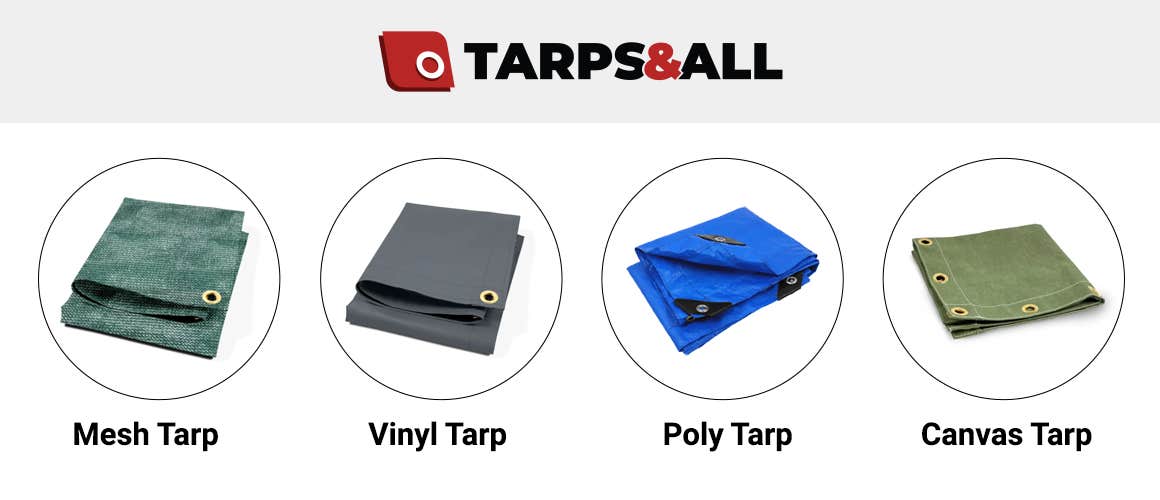
- Vinyl Tarps: Known for their durability and weather resistance, vinyl tarps are ideal for harsh industrial environments and outdoor construction projects. They offer excellent protection against moisture, UV rays, and chemicals.
- Mesh Tarps: Mesh tarps provide breathability while still offering protection from debris and contaminants. They are commonly used in construction sites where ventilation is necessary.
- Canvas Tarps: Canvas tarps are valued for their strength and versatility. They are often used for covering materials that require breathable protection, such as furniture or delicate surfaces.
- Industrial Tarps: Designed to withstand heavy-duty use, industrial tarps are reinforced for strength and durability. They are suitable for covering large equipment or creating containment enclosures on construction sites.
- Specialty Tarps: Specialty tarps cater to specific needs, such as demolition tarps for safety-critical applications or insulated tarps for temperature-sensitive materials.
- Snow Tarps for Construction: In regions prone to snowfall, snow tarps for construction provide protection from accumulation on work areas, ensuring operations can continue safely and efficiently.
- Large Construction Tarps: For expansive construction sites or projects, large construction tarps offer extensive coverage, safeguarding materials and equipment from the elements.
In conclusion, tarps are indispensable assets in the construction and renovation industry, offering versatile solutions for protecting assets, maintaining work areas, and ensuring project success. By understanding the importance of tarps and utilizing the right type for each application, builders and contractors can enhance efficiency, safety, and the longevity of their projects. From vinyl tarps providing robust protection to mesh tarps offering ventilation, the role of tarps in construction and renovation cannot be overstated. As projects continue to evolve, so will the innovative applications of tarps, ensuring they remain invaluable assets on the construction site.
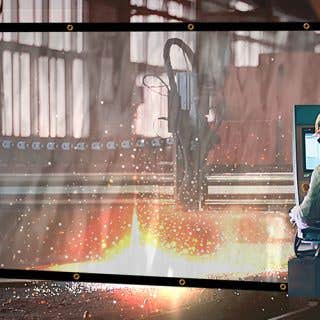


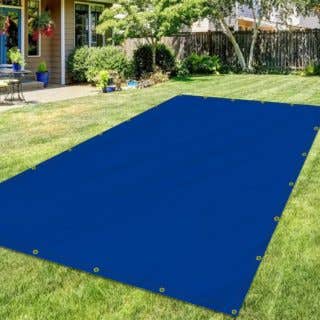



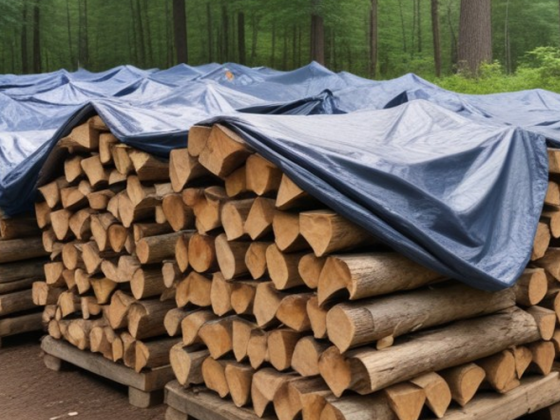






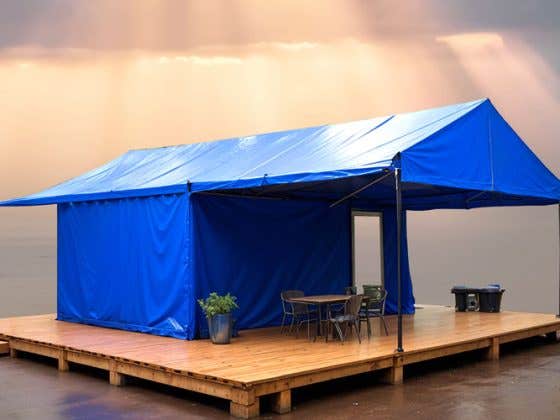
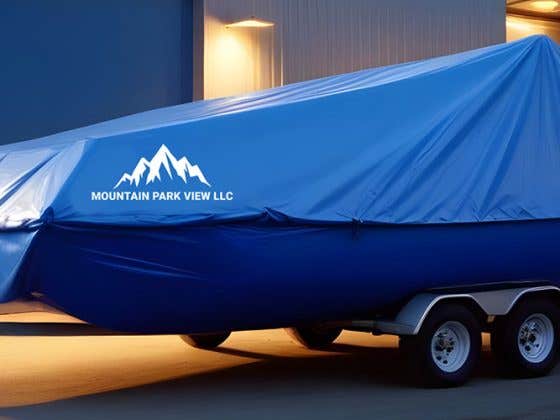
Recent Comments